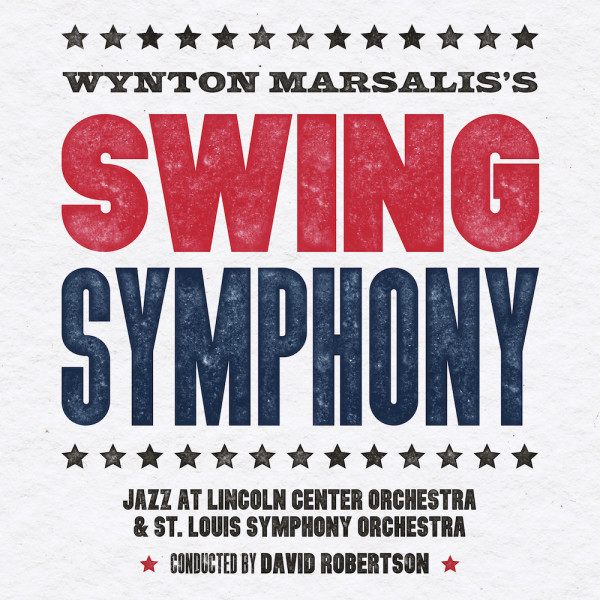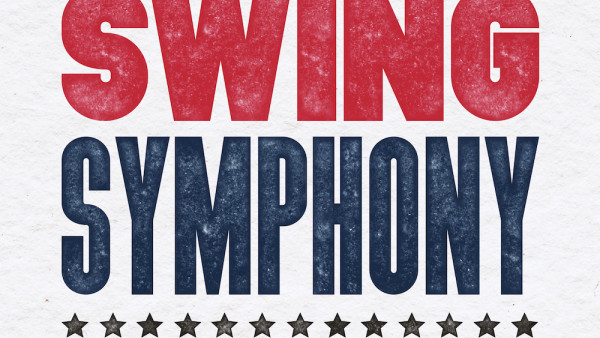Swing Symphony review: The strings swing in Wynton Marsalis’ jazz history
Jazz, like all improvisational idioms, is a dialogue, and it is this element that Wynton Marsalis especially emphasises in his Swing Symphony – that and the rhythm implicit in the title.
Marsalis‘ third symphony is a seven-movement work for unamplified jazz band and orchestra, and the dialogue begins by having the 15-piece Jazz at Lincoln Center Orchestra embedded in the Sydney Symphony Orchestra, the former’s horns a nugget of gold amid the strings.
Conceptually the piece is a potted history of jazz, drawing on the harmonies of some of the music’s great standards. It demands the SSO be groove-conscious and the JLCO blend, and under David Robertson’s enthusiastic direction, both delivered.
The first movement had the strings sliding into the midst of some ragtime freneticism, like a Southern belle flouncing into a bar.
Slapstick percussion and whistles invoked the party that was the 1920s, the decade’s other side conjured by a voluptuous baritone saxophone feature (Paul Nedzela) and glorious solo violin from concertmaster Dene Olding.
You could almost taste the cornbread at the outset of the third movement, Midwestern Moods, and a sumptuous dialogue between the cellos and saxophones led to a feature for the drums (Ali Jackson) and percussion.
A hurtling tempo and scorching trumpet solo from the composer heralded the arrival of bebop’s hyperactivity, before a Latin feel was laced with attractive alto saxophone (Sherman Irby). Modern Modes, which flirted with dissonance and more thoroughly integrated the two orchestras, included a stunning melody for the basses.
Initially the sixth movement, Think Space: Theory, was the least focused, rather like 100 musicians in search of a soloist, but then it exploded into some of the work’s most complex and intriguing music, and the upbeat, optimistic finale had the JLCO’s reeds achieving a rapturous ease reminiscent of Duke Ellington.
The biggest surprise was the paucity of improvisation in a piece depicting jazz history. Nonetheless, despite an occasional rhythmic disconnect between JLCO and SSO, this was an exceptionally imaginative and sometimes thrilling marriage of jazz and symphonic music.
by John Shand
Source: The Sydney Morning Herald


